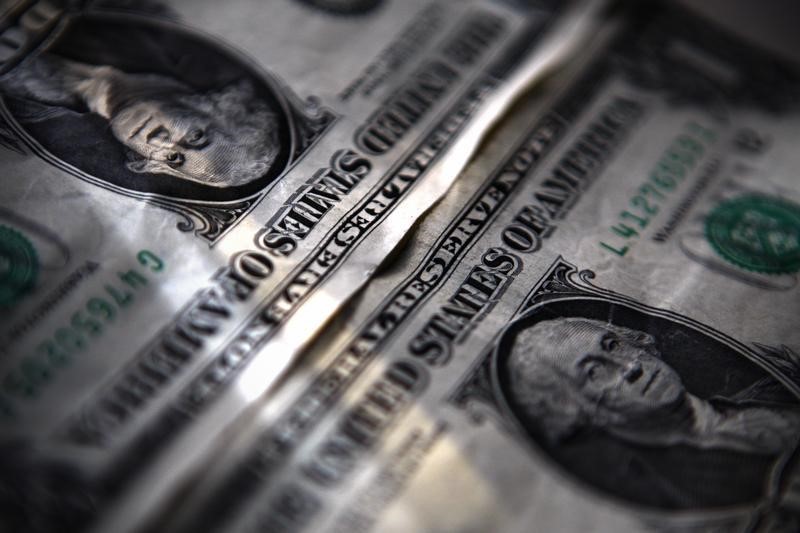Stronger dollar unlikely to limit tariff hit to US consumers - UBS
The US dollar has gained strongly since the US presidential election in November, but these gains are unlikely to limit the hit that US customers are likely to face from tariffs, according to UBS.
At 08:25 ET (13:25 GMT), the Dollar Index, which tracks the greenback against a basket of six other currencies, traded 0.2% lower to 108.950, but was around 1.5% higher over the last month, and remained not far from the more than two-year high seen last week.
The theory is that a stronger dollar lowers US import prices, said analysts at UBS, in a note dated Jan. 17. Those lower prices would partially offset the tax payments US consumers must make to the US Treasury when buying imports.
If the US paid renminbi for the Chinese imports, then a stronger dollar would automatically reduce the amount of dollars paid (fewer dollars are exchanged to pay the renminbi price). However, the US pays for practically all its imports in dollars, so this does not happen.
If the dollar strengthens, the dollar price is unchanged, unless the exporter consciously chooses to lower the dollar price of the goods sold, UBS added.
An exporter to the US might deliberately lower dollar prices, as (in dollar terms) local currency costs are lower. But local currency costs are only a fraction of a manufacturer’s costs.
“A Chinese electronics manufacturer, importing chips (bought in dollars) and exporting computers to the US (in dollars), will probably keep their dollar prices stable—ignoring currency moves,” UBS added.
The US dollar strengthened against China’s renminbi in 2016 and 2018/19, and US import price inflation for products from China showed no noticeable break with earlier trends.
The preference seems to have been to reroute supply chains as a way of avoiding trade taxes.
Source: Investing.com
